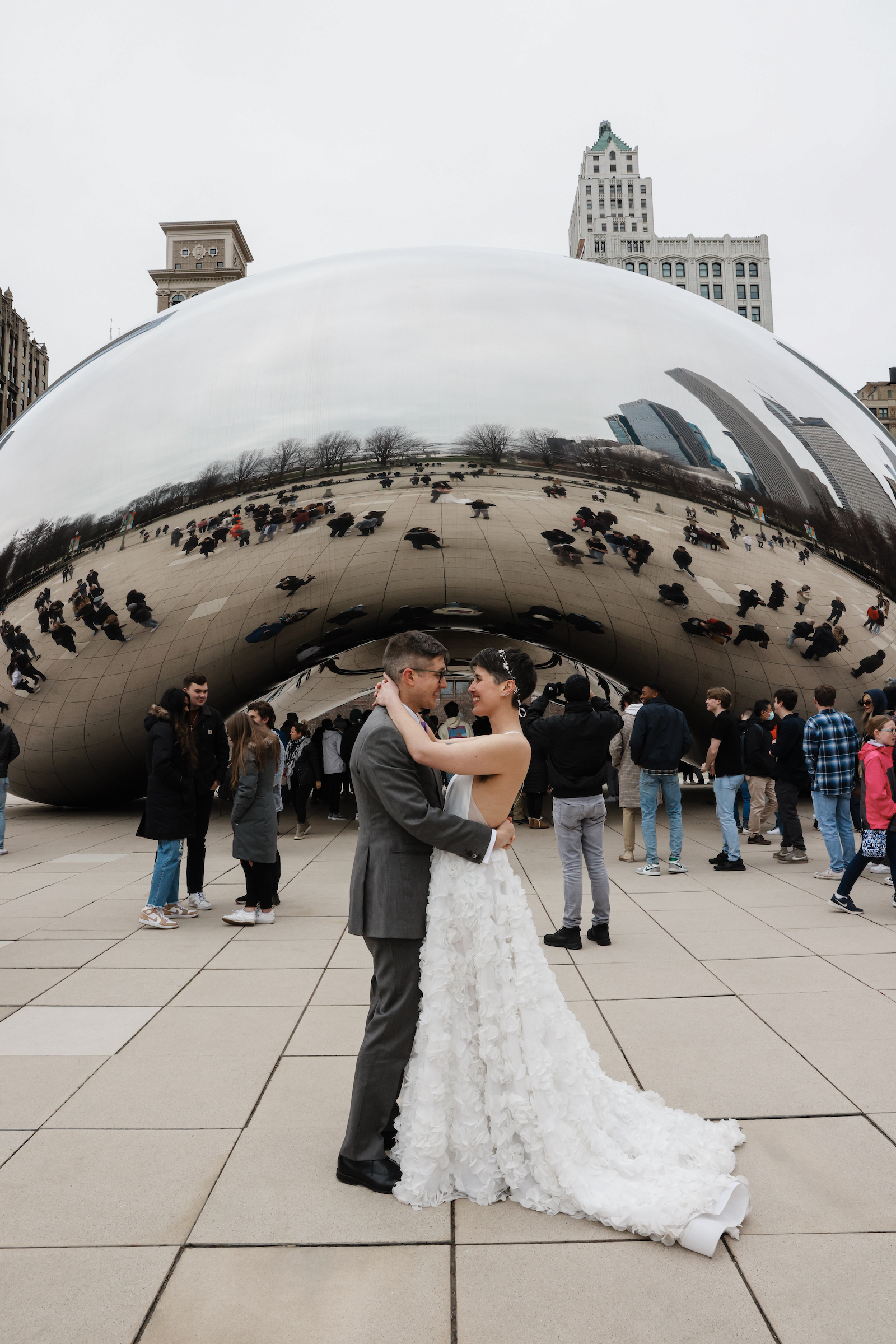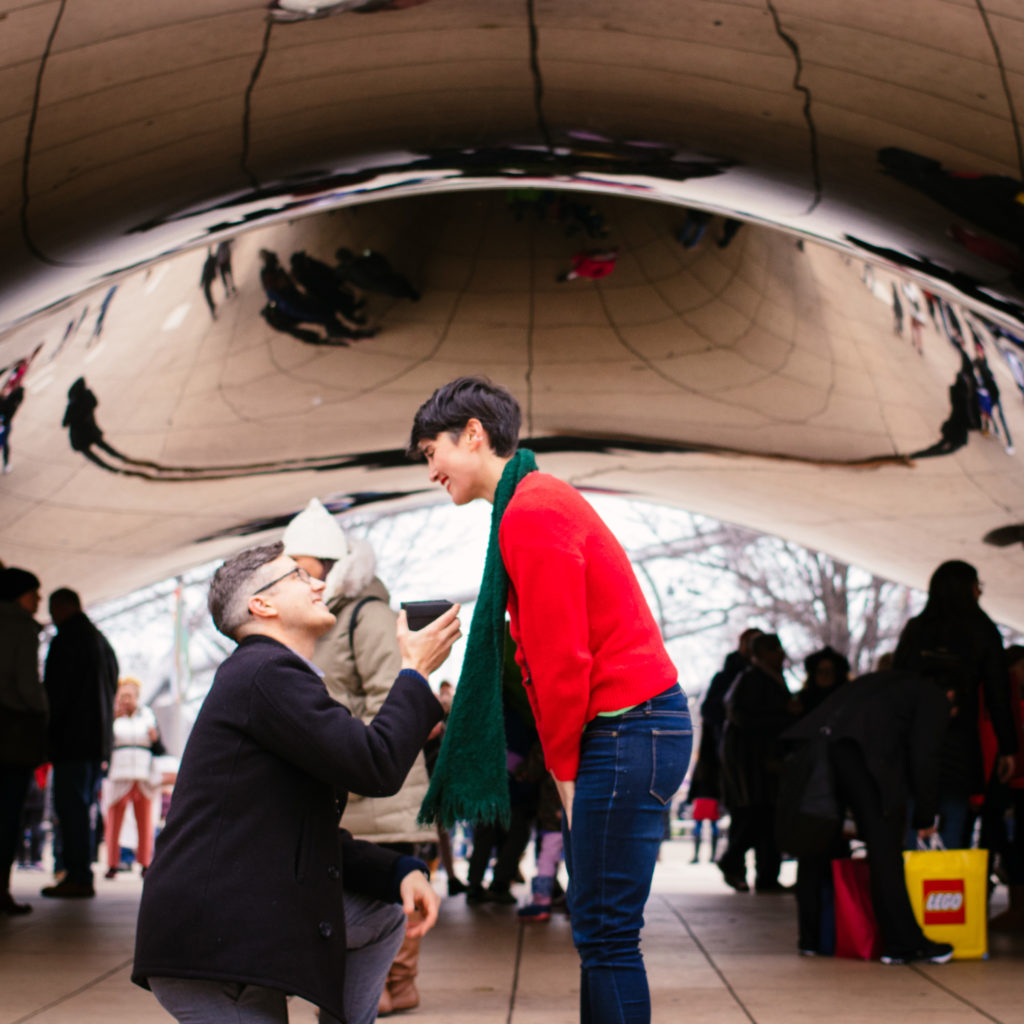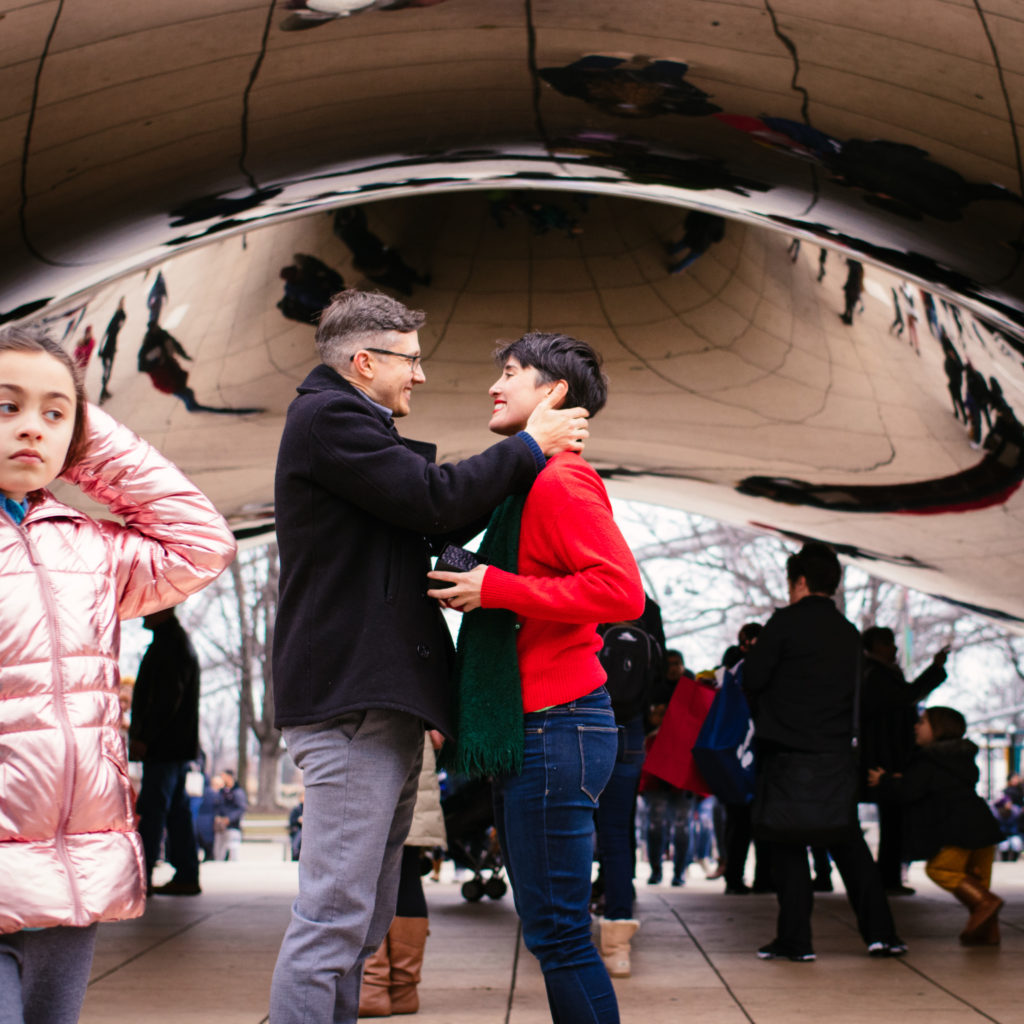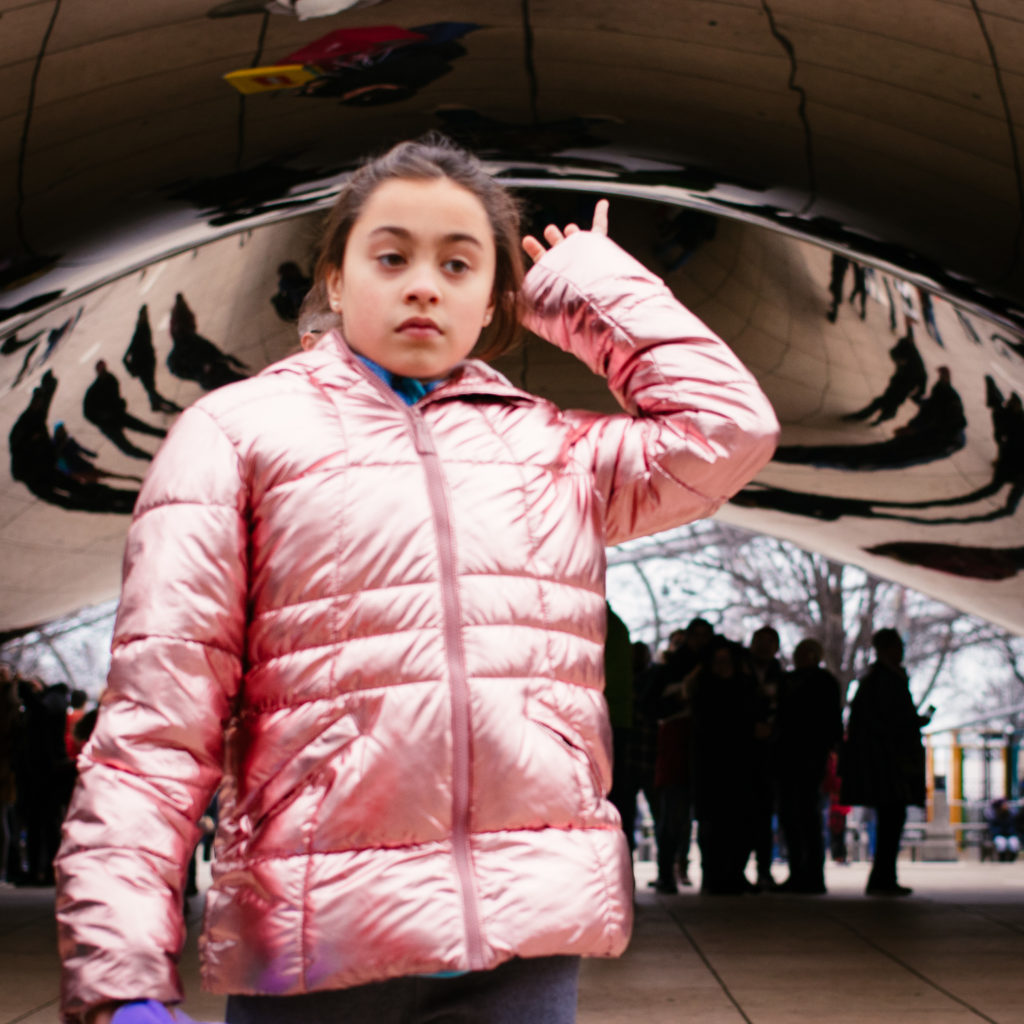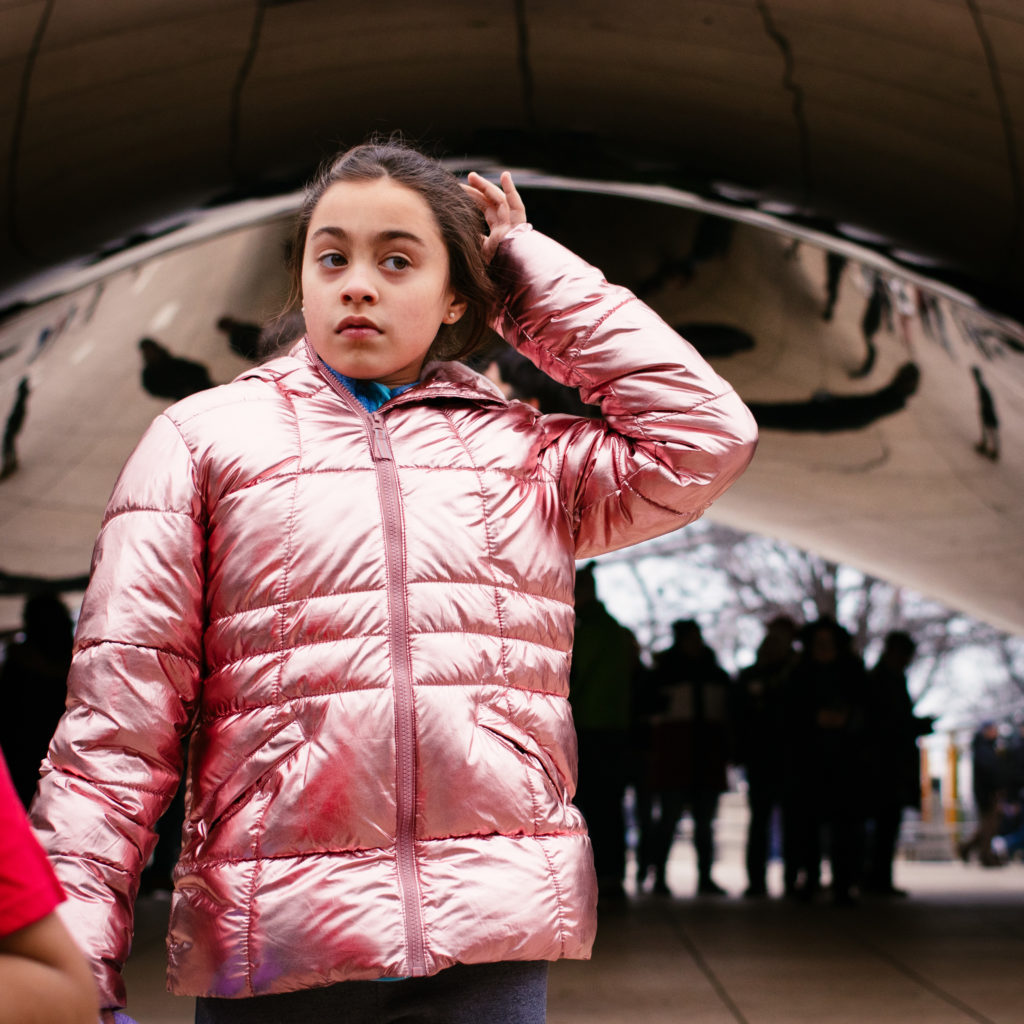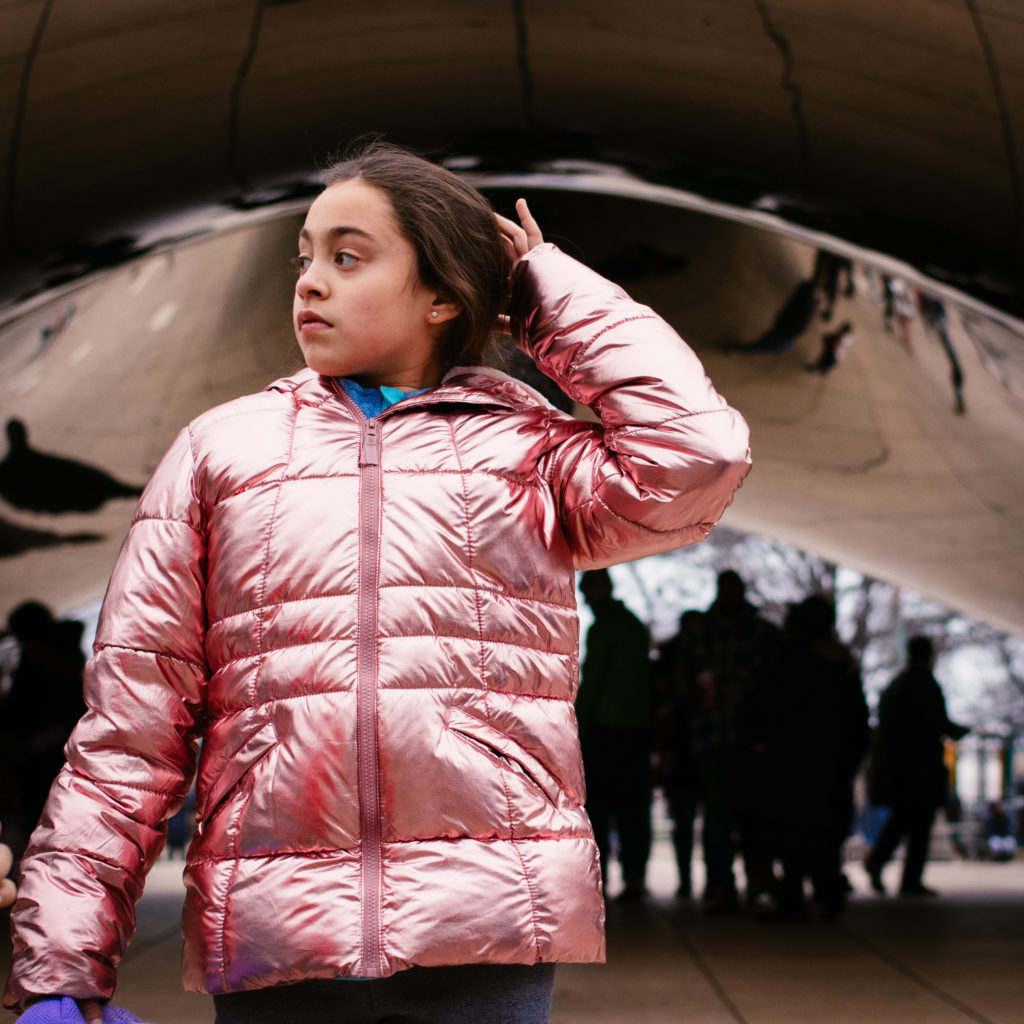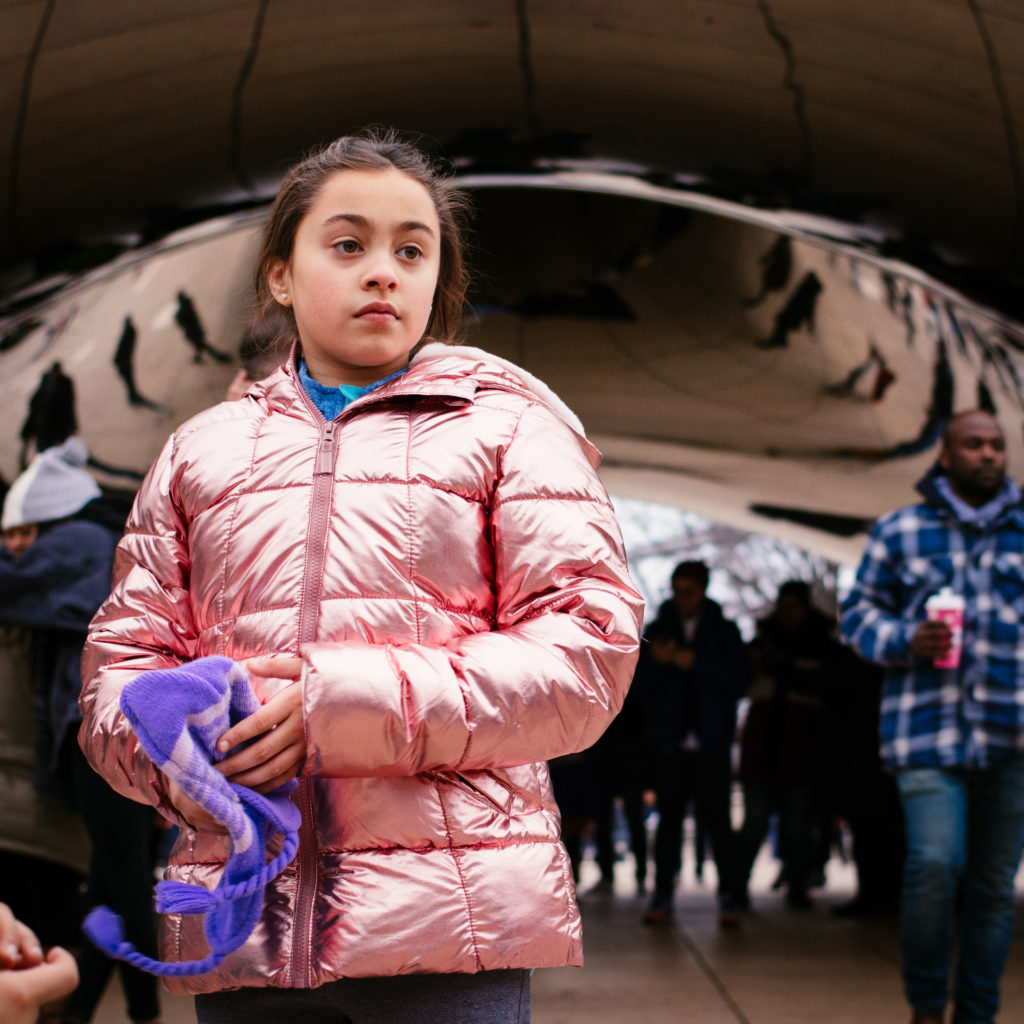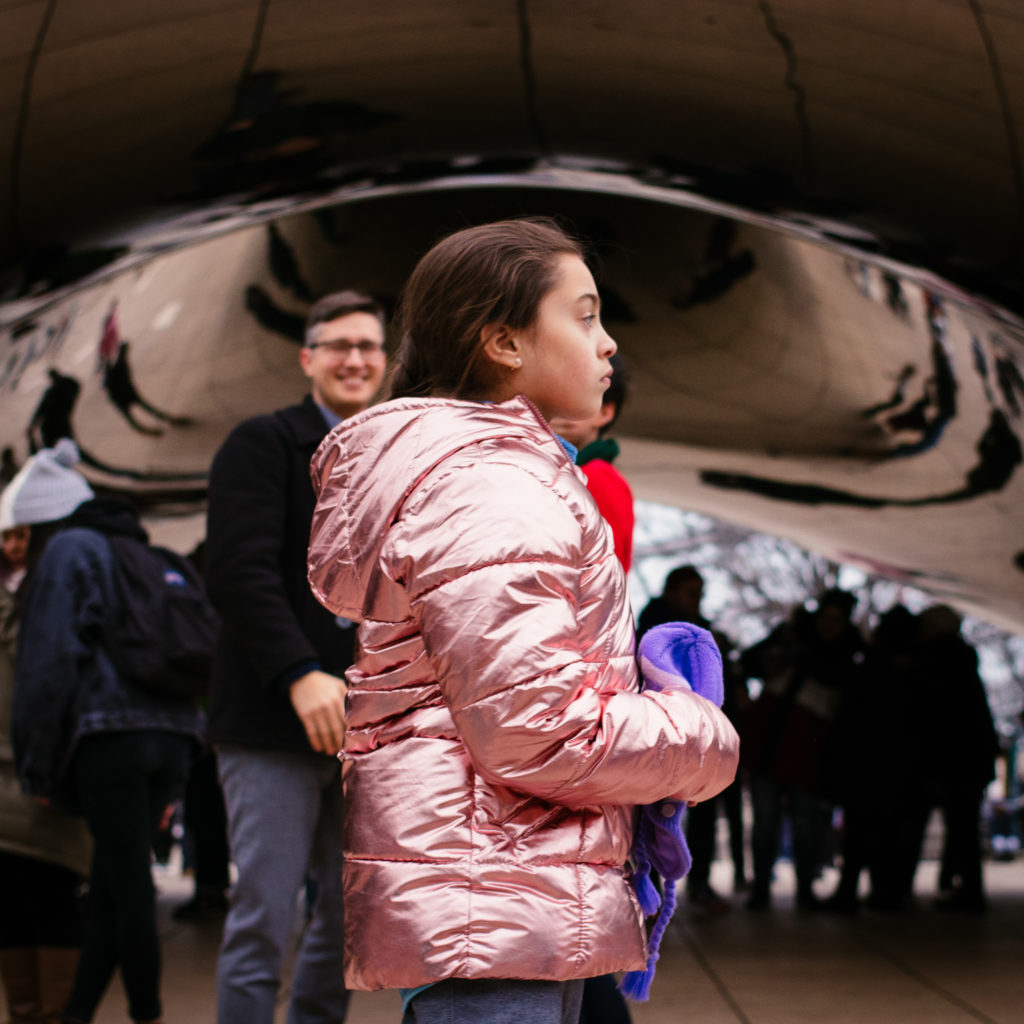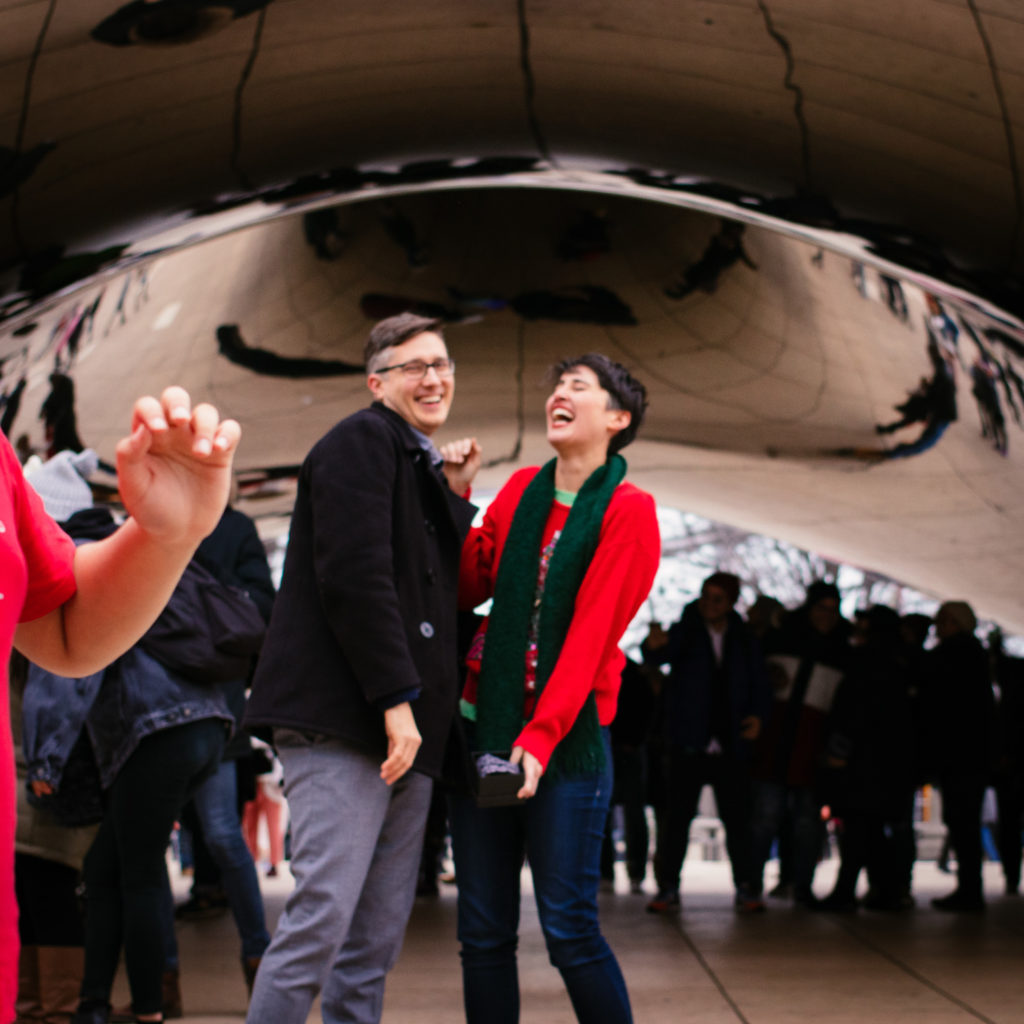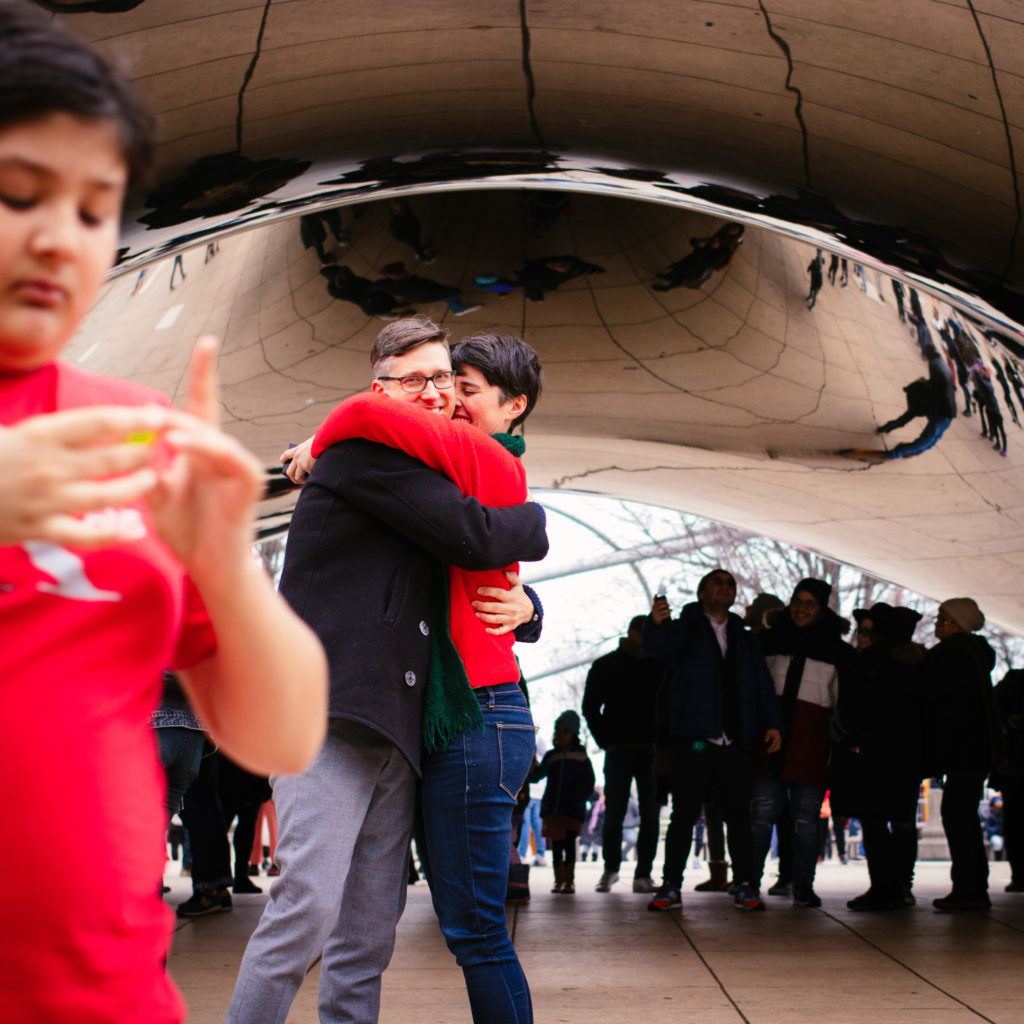Hi! This morning I filed the first in a long series of forms which will induce the United States government and various international institutions to recognize that my last name is not Adkins anymore; it is Jercich.
Category: Landmarks
My most meaningful work of 2021
Last year, in cooperation with many of my friends on a private social network, I took an idea from neighborhood organizations here in Chicago and started a small online-only mutual aid fund. Over twelve months, we distributed more than seven thousand dollars from some friends to others, mostly in increments of $100 USD. I want to be clear that everyone involved in that system was of equal importance to its operation: people have to identify and articulate their need for help in order for donations to have a place to go, and both asking and donating take courage and labor. A number of the people involved made requests at one point and donations at another, which I think illustrates how important the fluidity of a mutual aid project can be. Here are the steps we took to get it running.
- In the fall of 2020 I started a new PayPal account, connecting it to a small, otherwise-unused free checking account I had signed up for when I arrived in Chicago so I could use local ATMs.
- The login email address was the incoming-mail address for a mailing list I created with Mailman. While having a mailing list was good, I wouldn’t actually recommend taking this particular step–it became a headache. Instead, it would have been better to get a free email account and set that account to automatically forward messages to everyone who wanted to help with admin.
- For a few months, we kept the idea of the fund quiet. I would put a little money in the PayPal account each time I got paid, and others on the admin team did the same. By January, we started reaching out in private to friends in our networks who had mentioned feeling squeezed financially, and made our first couple of disbursements. We chose $100 as our standard disbursement arbitrarily, but it’s worked out okay: it’s a round number, easy to remember, both significant enough to be helpful and relatively easy to raise.
- We set up the account’s paypal.me vanity URL with both “send” and “request” buttons, which made it easy for anyone who knew about the fund to interact with it, including people in countries outside the US.
- My friend Vanessa spent months working on a quilt and kindly offered it as a prize for donations. This was when we started telling more friends (still only by word of mouth) about the fund, and offered up to five raffle tickets per person at $5 each. Many friends gave more than $25 just because they were glad to offer it, and the days leading up to the raffle became the most significant week for donations all year. But it also spread word that the fund existed, so we got a number of requests that week too, allowing for the redistribution of most of the donated money quickly.
- To keep track of our numbers, we set up a simple check-register-style shared spreadsheet with one column for date/time, one for the admin making the entry, one for credits, one for debits, one for the updated account balance, and one for an MD5 hash of the name of the donor or requester. Several of us, with strong mutual trust, shared the password for the PayPal account. (I was glad to have that trust, since it was still technically linked to my bank account. No money entered or left the bank, though; we only worked out of the PayPal balance.)
- The reason for those hashed names was to protect privacy to some degree while still keeping an eye out for weird patterns, since many people who interacted with the fund were more than one degree of separation from the admin team. No such patterns emerged, I believe thanks the network of social trust already in place.
- Once in a while, one of the admins would mention the fund and note whether it had some unused cash or was tapped out, which tended to produce a small bump in requests or donations. As soon as there was enough money in the account to fulfill an outstanding request, we did so, without asking for justification or calculating who requested how often. When someone asked for more than the standard $100, we would try to fulfill it if the balance was high enough and there were no other outstanding requests; otherwise, we would cancel the initial request and send $100 in its place.
- By glad coincidence, our number of donations and requests balanced out very well, and at the end of the year there was a balance of $30 left in the account.
I sincerely don’t know if we were operating within the PayPal terms of service, so I’m not advising you to replicate the steps above yourself, but I think I can say that the flow of money was small enough that we didn’t seem to attract any scrutiny. There are a number of consumer fake-bank services in the PayPal space now, of course, but the single memorable URL endpoint and the ability to transfer money across borders were useful features. In future, we’re hoping to shift the account to a cheap corporate entity and let an accountant figure out any potential tax situations, but this setup worked well enough to prove the concept.
I want to emphasize again that a crucial factor in the operation of this plan, perhaps only second to people’s willingness to ask and to give, was the existing network of trust among interconnected small groups of friends. The fund is a tech solution to a social problem, but it would be no solution at all without people’s strong and meaningful ties to one another. Once my friends and my friends’ friends had done the work of building those bonds, all we needed was free tools, grace, and will. No blockchain ledger, no web3, no crypto, no “trustless” transactions. All of our transactions were made firmly on a foundation of trust. Even here in the Shrieking Twenties, when a million people are poised to jump down your throat insisting that mathematically-provable Beanie Babies are the infinite solution to all human problems, ordinary friends can still cobble things like this together out of the Web We Lost. It isn’t all lost yet.
Toward Translucency
Last week I did something I’ve been putting off for six years: I went back through this entire blog, one page at at time, and locked away a few hundred of its two thousand entries. Most of those, but not all, were from the very early days of this millennium, when I still regularly listened to dialup noise before I could put a text file through a transfer protocol to publish things here. Some friends and I would eventually guess a few things right about the future of the internet. But I did not anticipate the future of Brendan. That’s in part because I didn’t know who Brendan was.
Reading through my public diary in full, for the first time in a long time, the feeling that emerged for me was… well, a bit less chagrin and resentment than has been there in the past. (Therapy!) In the past that feeling has obscured the text, preventing me from looking clearly at my own writing. What I saw this time was that through years of trying on different voices, whether projecting unearned assurance or closely imitating people whose assurance I envied, I was aching for an identity I had not found.
A lot of the things I would end up wincing at were attempts to write out ideas I didn’t even really support, just to practice thinking through them—things I then left to stand in the record while I moved on inside my own head. Many more were attempts to summon a Brendan who could achieve validation and love from the internet, the validation and love he didn’t know how to show himself, if he just put the right words in the right order. The blunt term for both cases, I think, is “sophistry.” But I’ve done enough excoriation over that. What I saw this time was that I had a lot of years of stumbling to do before I stubbed my toe on something that looked like self-knowledge. Starting to unearth it took years beyond that.
I think at least once a week, if not once a day, about the Web we lost. Right now I’m having complex and tangled feelings about the Web in which I started this thing. It was gentler, in some ways, than the milieu in which I’m writing this now—one where the idea of sudden attention makes me feel more fear than excitement. It was also exclusionary. The only reason I was able to start writing here, half my life ago, was my place at the pinnacle of privilege. That privilege has also extended me tremendous benefit of the doubt from all the people who have read this stuff and still decided to be my friends. I don’t plan to take either for granted anymore.
Deprecating a moment of pique I typed out about someone I dated for two weeks, which I then left on the whole internet for anyone in the world to read for twenty years, is not going to hide the search, the work, or the ache to figure out who I was. I’m not trying to polish my image here, or make it appear that I never held opinions I now reject. (I did! Lots of them! They might still be on the Wayback Machine!) What I’m trying to do instead is forgive the old Brendan for all the things he left for future Brendan to regret. And forgiveness means letting some of those things go to rest.
Reverse Anniversary
As of yesterday we were supposed to be married.
I didn’t even want to wait that long, really. After I proposed, Kat pointed out that a standard year of engagement and planning would put us right back in a Chicago winter, which offers logistical difficulties; I said, okay then, why can’t we just go ahead and get married in the fall? But Kat’s season is really summer. We settled on what is, often though not always, the first nice weekend in spring. We knew it was a gamble on the weather, but we didn’t know quite what else the stakes comprised.
It’s very beautiful outside right now. That die came up lucky. But late in the summer of 2020, with no coherent leadership and no clear timeline for when it might be safe to see our loved ones again, we took a deep breath and told our ceremony venue, our reception venue, and our caterer to kick us down the road to March 2022 instead.
There are few things I have ever wanted as much and as long as I have wanted to be married to Kat. I really hope this year won’t be quite as long as the past one, but it won’t be short. I’ll be forty before my wedding instead of after. It’s an arbitrary number, but it still brings home, to me, the cost of a lost year of one’s life.
Last night we got dressed up for a delivery dinner of fancy mushroom buns and congee, and Kat brought me a bouquet of flowers, surprising me the way she does every single time. Today we sat in the sun six feet from two of our closest Chicago friends and raised plastic cups of champagne. I still don’t feel quite to the point where I can even start grieving our losses. But oh, God, despite our shaggy hair and hollow eyes and aching hearts, I feel the sheer luck by which we have stayed well and safe this long as a weight upon me too.
We get by with a little dopamine from our friends
Hi. I relaunched Sext Exchange, my twitter game from 2014, as a game you can play by text message or Whatsapp. I am almost at the point where the source code is cleaned up to release, for once. It’s overengineered for what it does but I’m proud of it. Anyway, email or text me if you want the number. I love you.
Insistence, Reverence
It’s possible there are people reading this blog from time to time who don’t really know me in person, so perhaps it will be nice to clarify something. The Kat person who comes up often in my writing these days, or sometimes without writing at all, the reason I moved back across the country, the light of my days, is the very same Kate who first popped up here a month shy of eight years ago. Did I have any idea back then that one day we’d be getting married and spending the rest of our lives together, you may ask rhetorically? And to that I can only say: yes, I did have that idea, in 2012. It was only an idea, but I had it, and then bit by bit and turn by turn the two of us made it steadily more real until it all came true.
If you are reading this, whether I know you or not, I’m glad that you are persisting. I hope, too, that you have the chance to persevere.
December Donesies
- Fantasia (1940): Rewatch with chemical enhancement, but instead of having some sort of transcendent trip, I ended up really focusing and finding wonder in the interstitial animations. I knew the Nine Old Men (despite the obstacle of the sexism embedded in that nickname) did untouchable work on the fantasy sequences, but I can basically understand how you model, storyboard, keyframe and tween those drawings. I have no idea how they created a character out of a sound wave and drew it, with the technology available to them in the late 1930s. Maybe they rotoscoped an oscilloscope? Did they even have oscilloscopes in 1938?! I’m writing this on an airplane, so I can’t look it up now, and therefore will never know!
- High School Musical (2006): The second film in the Zac Efron Basketball Typecasting Saga. Kat, one of its proponents, could not explain to my satisfaction why—in a movie about hesitating to sing or disagreeing with an individual’s choice to sing—all humans expressed their emotions and plans by singing. There’s a heightened reality to teen movies as a genre, and there’s a heightened reality to musicals, and when they overlap… hmm, as I type this I remember that Kat also loves Josie and the Pussycats (2001), School of Rock (2003), Reefer Madness (2005), and the song and dance sequence in Love, Simon (2018). The puzzle begins to piece itself together…………
- Blindspotting (2018): Now, see, this I was not expecting to be a musical. But I think it is! Specifically, a clipping. musical. From the trailer and reviews, I thought I was in for a street-level psychological thriller about the personal effects of police violence; that’s in here, but it’s also a meditation about masculinity—both fragile and loving—and race and community and women’s ambitions and the aftermath of incarceration and a deep love mixed with sorrow for a gentrifying Oakland. And when its principals’ feelings build up too much, they burst out into rap, which sounds like Hamilton but is not at all like Hamilton, despite starring Daveed Diggs. Hip-hop contains multitudes, and the songs here are not excursions into heightened reality: they’re reflections of how the constraints of men’s roles and their role models carve narrow channels through which they can express things to each other. This wasn’t always an easy movie to watch, but I loved it.
- Candyman (1992): It’s been years since I read the stunning Chicago Reader story that unpacked the origins of this movie, and now I live here, in the birthplace of the Chicago Reader! So I was glad Kat’s roommate Lauren let me join their movie night and watch this. I enjoyed it and also did not think it lived up to its origin. Virginia Madsen and Tony Todd give it their all, though. Interesting trivia: this movie features prominent 90s singer-actor Vanessa Williams, who is not prominent 90s singer-actor Vanessa Williams.
- War Walk: The Star of Sky Riser (2019): You can say this shit, JJ, but you sure can’t write it. I tried to go into this with low expectations, and that might have worked if this hadn’t chosen the working title of Takesy-Backsies: The Motion Picture. There is evidence in this very blog of my strident defense of the quite-bad prequels, but this is the one that broke me. I was a Star Wars fan for twenty-five years. I guess now I’m free!
-
Do The Right Thing (1989): I started this movie, then watched the above movie, then finished this one; I’m deciding to count this one as “last” so I get to be glad I didn’t end the year on a disappointed note. I’d never seen a Spike Lee joint before! I am aware of criticism of his treatment of women on screen, and it wasn’t hard to see the evidence here: this is a story that ends up saying as much about the hazards of masculinity as it does about race, and I don’t know if that was intentional. But it’s richly photographed and full of great performances. I didn’t know it was Rosie Perez’s first movie! Her work in the opening sequence alone—set to “Fight the Power,” which I also didn’t know was written for this movie—is something that could have fed a full story. But she didn’t get even a slight story of her own here.
After we finished it, Kat pulled up Copland’s “Fanfare for the Common Man” and said “see?!” She was right to recognize it as an influence, and I wonder if it might have been used as a temp track. But the score of the movie (composed by Lee’s father!) is one of its best and strongest choices, lending an old-fashioned expansive feel to a story that takes place in one block on one day.
So the end count for 2019 was something in the hundred and teens; discounting rewatches, I hit exactly 101, which seems appropriate. I don’t think I’ll watch as many movies this year, in part because I want to replace that time with reading a freaking book or two. But I do plan to keep writing little things about the ones I watch, here or on my Letterboxd account. Thanks for reading, and I’ll see you… at the mailbox where I get Netflix DVDs mailed to me now because I gave up on their streaming offerings entirely!
October Ovies
-
Girlfight (2000): Beating out Gimme The Loot (2012) for the title of “oldest cheap indie movie about hard-luck kids of color in the outer boroughs getting into scrapes, anchored by a charismatic young woman lead, which I have been vaguely meaning to watch since seeing something about it a long time ago,” I’m pretty sure I saw the trailer for this before watching The Way of the Gun (2000) with Jon and Ken in college. And then in 2019 I biked around the corner and rented it! Hail and farewell, Movie Madness!
I don’t know if I’d exactly recommend it but I really enjoyed it, because of who I am as a person, and because this is a movie someone really wanted to make with care and effort. It doesn’t escape the borders of the novice-boxer story template—it even has a love interest named Adrian—nor does it do justice to its side thread about family, domestic abuse and grief. And there’s a queerness that’s trying really hard to squeeze in around the edges of the whole thing, which the movie should have opened up to, and didn’t.
But man, Michelle Rodriguez is one of the most magnetic screen performers on Earth, and gambling on her really paid off here. It was not only her first starring role, it was her first acting job ever! She’s perfect for it. There are some great character actors in here too; I immediately recognized Paul Calderón, who plays her dad, from his scene theft in Out of Sight (1998).
-
The Ice Storm (1998): I act like I’m a big Ang Lee fan, but the numbers say that I’ve seen two of his movies (Eat Drink Man Woman [1994] and The Incredible Hulk [2008]) once each and one of them (Crouching Tiger Hidden Dragon [2000]) like forty times. Having now finally watched this, his most heavily cast-stacked movie and among the most heavily so stacked movies ever, I think I can say: I still like Ang Lee, though I have little interest in his newer work. I still like Kevin Kline, too, who’s not exactly the lead but does really get to put his particular gift to use: he can convey masculine hollowness and fragility with unusual dimension, and with what seems like personal humility.
Watching this beautifully made film made me a little depressed, because it uses its distance from a particular time and age cohort to be excoriating about the failures its subjects were too arrogant or afraid to anticipate. “Wow, what a huge failure that I did not see coming” is a consistent theme of my own reflective writing, so you can see how I might project a bit there. Anyway most of the clothes were accurately awful but I’d still wear everything Tobey Maguire does.
-
The Driver (1978): Watched while packing, which I think was a good choice. This is a movie where a man drives and is cool, and another man is mad about it. You can feel free to look at the boxes you’re packing during the driving/mad parts. I picked it up because I’d heard it referenced as an influence on Drive (2010), which I still love; I can see the connection now, but its plot was quite different, and actually a bit closer to that of Baby Driver (2017). With regard to that, I’m not sure if this is a deliberate Easter egg or not: in this movie, the protagonist (credited The Driver) and another character named The Kid are enemies. But in Drive, the protagonist goes by both those names.
-
The World’s End (2013): Speaking of Baby Driver, I watched this while packing too. It was the only Edgar Wright movie I hadn’t seen. There’s some meat here in terms of an attempt to thematically unify the three Cornetto movies, and a potential rabbit hole to go down about the influence they bear from the Hitchhiker’s Guide trilogy: the latter arose from an idea Douglas Adams had about finding a new way to destroy the world on the radio every week, and each Cornetto movie is about British culture in confrontation with the destruction of a way of life. But back at the beginning of that sentence when I said “meat,” I backspaced over “interesting stuff,” because I myself don’t find it that interesting and I couldn’t relate to this movie very much. It’s a nadir for Wright’s narrative space for women and I really don’t care about aggressive masculine drinking as an activity. I did at least enjoy being able to trace Wright’s technical advancement across the movies, because he really is getting more deft with each film. But oh boy, does the climax play differently after a certain 2016 referendum than it did before.
-
Avengers: Endgame (2019): I don’t have anything new to say here, I’m just glancing at an emergent theme among “put this on while packing” movies and then looking at myself a bit askance.
-
My Big Fat Greek Wedding (2002): Watched with Kat, AFTER a round of packing. I’d never seen it before, as it came out after I’d given up on romantic comedies, and it was very sweet. It reminded me a lot of While You Were Sleeping (1995), the pinnacle of the genre, and not just in its Chicago setting! This is kind of about what that movie would have seemed like from the perspective of Bill Pullman’s character, in terms of the weight a large family brings to a budding relationship. In fact, this one plays a structural game with the genre: there’s no real will-they-won’t-they between the protagonist and the romantic interest, because all the plot tension is about whether she and her family will compromise for each other in the end.
Anyway I liked it very much, but man, the editing of this movie is the goofiest part. It seemed at times like someone had just installed their first copy of Final Cut and wanted to try out every cut-transition effect in alphabetical order.
-
Grandmother’s Gold (2018): The first movie I watched as a resident of Chicago! Last year Kat introduced me to the extraordinary web series The Gay and Wondrous Life of Caleb Gallo, a delirious expression of pure auteur vision that an old tumblr friend described as “millennial opera.” That rings completely true while also underselling how weird and funny it is. Its creator, Brian Jordan Alvarez, has made many other videos, including a couple of negative-budget features like this one.
The best part of the movie is that it’s mundane sci-fi about technological regression, which then sideslips into cosmological fantasy, all done in a blithe and goofy way. And the fact that it’s YouTube-exclusive leads to an interesting emergent property: Alvarez can put all the famous pop music he wants on his movie’s soundtrack without paying for it, and lean on the platform’s licensing to keep from getting sued or taken down. Overall this is a project for diehard fans, though.
